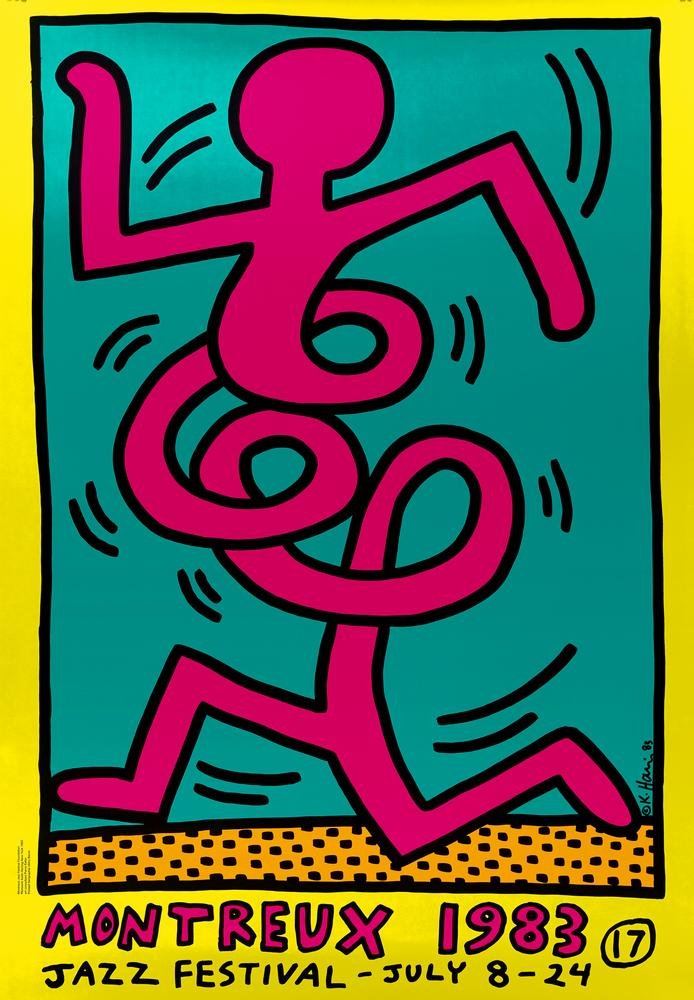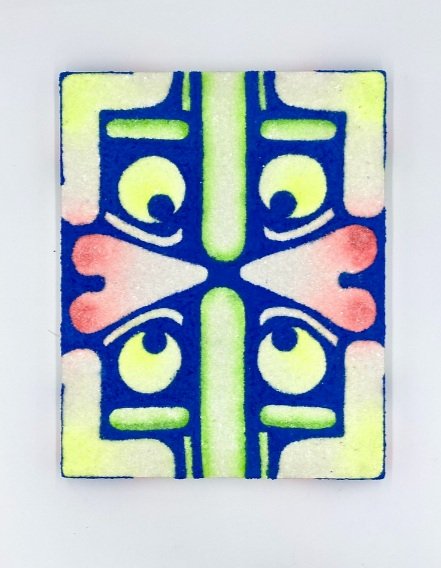PA TO POP ART - The Keith Haring Story
Keith Haring, one of the most popular and recognizable artists of all time, had a childhood that may seem very familiar to many Pennsylvanians. Allen and Joan Haring welcomed Keith into the world in Reading in 1958, raising him and his three sisters in Kutztown. The Harings were traditional, middle-class, devout Christians, and Keith was involved in the Jesus Movement as a teenager. From a young age, his father (a hobbyist cartoonist himself) encouraged Haring’s interest in Disney cartoons, the Peanuts, Looney Tunes, and Dr. Seuss. These pop culture icons were always a fixture and reference point in Haring’s approach and style throughout his career, though his path would take him far beyond Kutztown.
Pennsylvania boy—Keith Haring in childhood.
After commercial art school did not work out, Haring went to live on the Lower East Side of Manhattan, taking art classes and becoming a part of the outsider art world. In concert with the graffiti artists that he became friends with, like Jean-Michel Basquiat, Haring took to the subways. He was thoroughly devoted to making public art that all people could access and enjoy. On the black paper panels that usually held large advertisements, Haring would create rhythmic line drawings with white chalk, easy for the subway workers to remove but bold and visible enough to be enjoyed by passers-by. Commuters would begin to recognize Haring and stop by to chat with him as he was working—he was integrating public art into peoples’ daily lives in the busiest city in the world. Here, by creating dozens of works each day, he was able to develop his style and gain notoriety that would catch the ear of Warhol and the New York gallery network. The rest, as they say, is history.
What makes Haring’s work so compelling and timeless? For many, it is the combination of the simple rhythmic qualities, the public art mission, and his socio-political messaging. Haring worked to simplify his drawings to the basics of expressive, vibrant line art. His influences in cartoons came through in the animated stick figures whose bare lines belied great movement in each piece. Each artwork bursts with life despite an uncomplicated visual language, a great balancing act that Haring perfected. This approach allows for an untrained eye to appreciate and read into each piece, while maintaining a high degree of technical quality; one does not need to be interested in art to appreciate his work, though his art is likely to spur interest.
Haring also had an unwavering commitment to public art. He was unbothered by commercializing his own work, much like his friend Andy Warhol. He viewed product design as a way to spread his art to as many people as possible. Haring opened his own Pop Shop as a 360-degree retail-art concept, completely designed around his art. He designed patterns for fashion designers like Vivienne Westwood, album covers for the likes of David Bowie, and extensively worked for MTV. He strongly believed that everyone deserved to enjoy art regardless of their background or education, and acted accordingly.
Keith Haring in his self-painted Pop Shop.
Finally, his work contained strong political themes at a time when America was struggling to recognize those in need. He made many designs for political posters, notably campaigning to end apartheid in the 1980’s in South Africa. His two most famous causes were the HIV/AIDS epidemic and the crack cocaine epidemic. During the Reagan era, the government was infamously slow to respond on both crises. In the HIV/AIDS epidemic, entrenched homophobia meant that the crisis was downplayed, discredited, or ignored by many members of government while it ravaged LGBTQIA communities across America. Likewise, Reagan’s ineffective and misguided War on Drugs ended up causing significant harm to Black communities while failing to solve the crack epidemic. Haring was directly privy to both of these situations, as a gay man living in the diverse Lower East Side. His “Safe Sex” and “Crack is Wack” murals became ultra-popular, bringing both epidemics into the mainstream. His work still today carries immense social and political significance, showing the political possibilities of Pop Art. His work around the HIV/AIDS epidemic contains an additional level of poignance, as he passed away from the disease in 1990, at just 31 years of age.
A restored “Crack Is Wack” mural by Haring in Harlem, NY.
Throughout his career, Haring redefined what is possible for people from quiet towns in Pennsylvania and for the biggest Pop artists in the world. Explore his legacy at Jedidiah Gallery and Design Store, with a range of Haring prints and tees, as well as inspired original works by local artists like JP Calabro.





